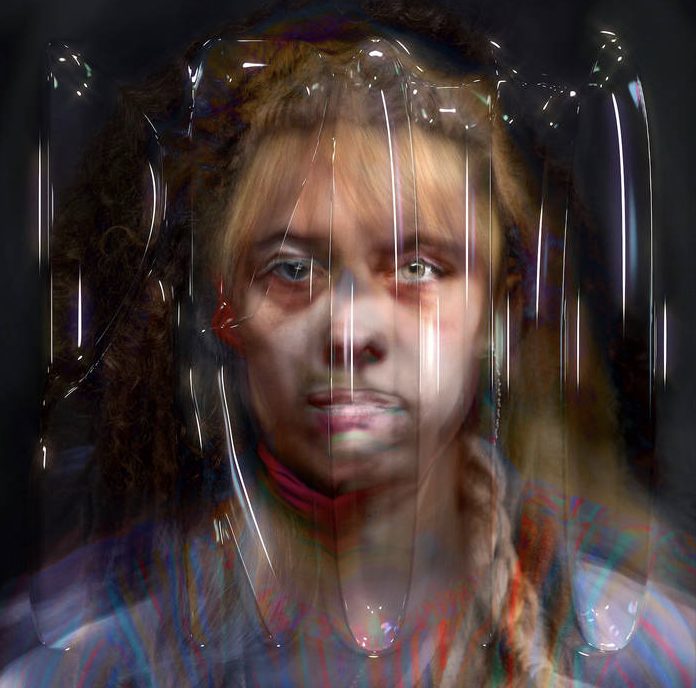⌾ Arbitrage | 4 Things
Hello,
It is Friday, the day I send out a list of things I think might bring some surplus jouissance into the lives of people who read it.
|1| WATCHING (Series) – Season 2 of the show Outer Range (Wikipedia, IMDB) came out recently. I watched the first season when it came out and really enjoyed it! I've been looking forward to another season so I can see how things play out for the Abbott family.
If you like strange sci-fi, time travel, and westerns, this show would be very much up your alley.
- You can watch the series via Amazon video.
- Watch the trailer for season 1 here.
|2| LISTENING (Podcast Pt. 1) – This morning, I listened to an episode of the Ezra Klein show (Apple Podcasts, Spotify) where he interviewed the musician Holly Herndon about the way she uses AI in her music production and the ways artists interact with and use (and are used by) AI systems.
From the episode description:
A.I.-generated art has flooded the internet, and a lot of it is derivative, even boring or offensive. But what could it look like for artists to collaborate with A.I. systems in making art that is actually generative, challenging, transcendent?
Holly Herndon offered one answer with her 2019 album “PROTO.” Along with Mathew Dryhurst and the programmer Jules LaPlace, she built an A.I. called “Spawn” trained on human voices that adds an uncanny yet oddly personal layer to the music. Beyond her music and visual art, Herndon is trying to solve a problem that many creative people are encountering as A.I. becomes more prominent: How do you encourage experimentation without stealing others’ work to train A.I. models? Along with Dryhurst, Jordan Meyer and Patrick Hoepner, she co-founded Spawning, a company figuring out how to allow artists — and all of us creating content on the internet — to “consent” to our work being used as training data.
In this conversation, we discuss how Herndon collaborated with a human chorus and her “A.I. baby,” Spawn, on “PROTO”; how A.I. voice imitators grew out of electronic music and other musical genres; why Herndon prefers the term “collective intelligence” to “artificial intelligence”; why an “opt-in” model could help us retain more control of our work as A.I. trawls the internet for data; and much more. and the way artists interact with AI more generally. Here is something for the episode description:
The interview was very cool, which brings me to the next thing on this list.
|3| LISTENING (Album Pt. 2) – I listened to the album PROTO (Apple Music, Spotify, Bandcamp), and I really like it a lot.

|4| READING (Essay) – I've been re-reading an essay by Vincente Palmera that appeared in the online journal LC Express in 2020. I wrote proof, proofread the translation, and wrote it into this essay.
In this essay titled "What may I expect from psychoanalysis?," Vicente Palomera calls our attention to the psychoanalytic aphorism that the best cure one can hope for when it comes to an analysis is the replacement of extraordinary misery with ordinary happiness. In our contemporary time, where ‘being happy’ is an injunction – a demand as opposed to a desire – Palomera states, “I think that nobody can ask for happiness, not even implicitly, but one can ask for relief from uneasiness, discomfort, in other words, a cure from the symptom.” From here, Palomera weaves together Freud and Lacan and shows how psychoanalysis might offer the subject a way of reorienting themselves in relation to their jouissance by going beyond the cowardly repression of our desire.